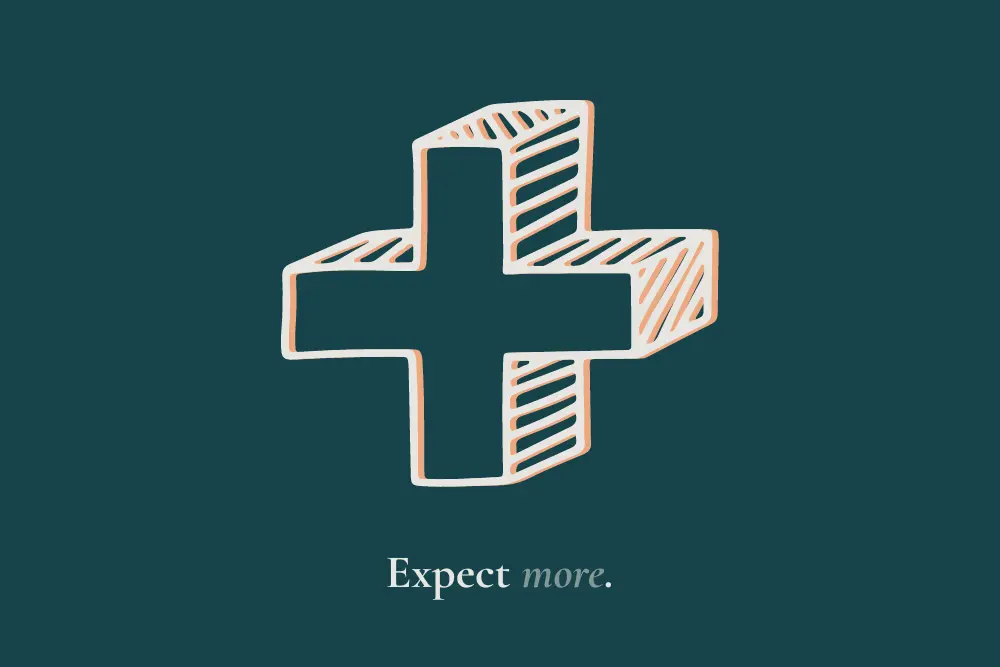How to Identify Cognitive Distortions and Reclaim Your Life
If you’ve been in cognitive behavioural therapy, there’s a good chance you’re familiar with the concept of cognitive distortions. Also called thinking traps, cognitive distortions are patterns of thinking that are negative, not based in reality, and unhelpful to you. Cognitive distortions are broken down into categories. Folks often find that once they can recognize a distorted thought, it becomes easier to challenge this thought and replace it with a more balanced or self-compassionate thought.
3 types of thinking traps
Therapists often work with clients to help them understand the main categories of cognitive distortions. From the lens of iconic Drag Race moments, let’s look at three cognitive distortions, or thinking traps.
1. Fortune telling
Fortune telling is when we think we know the outcome of something (normally negative) — and assume it to be the truth. Remember how many times iconic queens have become convinced they’re going home, break down about it, then survive the next cut? Laganja Estranja’s ‘I feel attacked’ comment in Season 6 (Untucked) is a good example of this. Faced with criticism — which hurts deeper coming from her good pal Adore — Laganja spirals: “I’m probably going to lip sync and they’re going to send my ass home and you can all laugh about it. This is just too f*cking much. You broke me down. I look like sh*t; I feel stupid.”
2. Personalization
When we personalize a situation, we blame ourselves for it — or attribute the cause to ourselves — when we often have nothing to do with it. This happens often in Drag Race when queens blame themselves for their team’s failure in a group challenge. In Episode 9 of Season 9, Nina Bonina Brown falls into this trap after her teammate Valentina is sent home. Although Valentina lost her lip sync for not knowing the lyrics, Nina personalizes the situation: “Maybe if [Valentina] wasn’t in a group with me she woulda still been here.” Luckily, Shea is there to tell her, “You can’t take that on, girl. That sh*t ain’t your fault.”
3. Magnifying the negative, minimizing the positive
Many of us do this to varying degrees, focusing on one negative comment amidst a slew of praise or positive feedback. In Adore Delano’s one-episode stint on Season 2, insecurity and negative self-talk seem to get the best of her. Adore focuses on her negative critiques from the judge. She minimizes the support she receives from Michelle and forgets that she’s the fan favourite. She even convinces herself that she “doesn’t belong here”, despite being one of the most-awaited queens to return in Drag Race All-Stars. Ultimately, Adore voluntarily leaves the show, a move for which she expresses regret in the Reunion episode.
Katya's journey from insecurity to confidence
Perhaps no other queen has been as open and vulnerable about mental health, sobriety, and therapy as Katya. Katya was plagued by self-doubt and insecurity in her original season, but she comes back more confident (yet remains vulnerable) in All Stars Season 2. In Episode 6, Katya explains in her commercial, “When I'm not struggling with my weight or worried about wrinkles, I'm bombarded with a cacophony of demonic voices in my head telling me, ‘You’re not good enough’.”
Catching the thinking traps
I love that Katya recognizes her negative self-talk for what it is: a voice, not the truth. When we can catch our thinking traps, label them, and recognize them as fiction instead of fact, we take a big step toward better mental health and reclaiming the story of our life.
To sum up cognitive distortions, they can indeed be a major hindrance to our emotional well-being, relationships, and overall quality of life. They are common thinking patterns that can lead us to perceive reality inaccurately and react to situations in unhelpful ways. However, the good news is that cognitive distortions are treatable, and with the help of a therapist, we can learn to identify and challenge them.
This article was written by Naomi Hyba during their time at Shift Collab.














.gif)







![Why You Need to Unfollow [@YourEx]](https://cdn.prod.website-files.com/625ec823c07cd8de32e1bae2/684af2346eb36cf47933e7ab_20240206T0910-707e5b7e-9802-42a3-8070-ba67b8dc33fd.webp)






![Summer Lovin' [not] Havin' a Blast](https://cdn.prod.website-files.com/625ec823c07cd8de32e1bae2/684af26ed2b68f821b628848_20240206T0910-fd1563e4-34d1-49e6-af59-9b95c717196a.webp)













































































